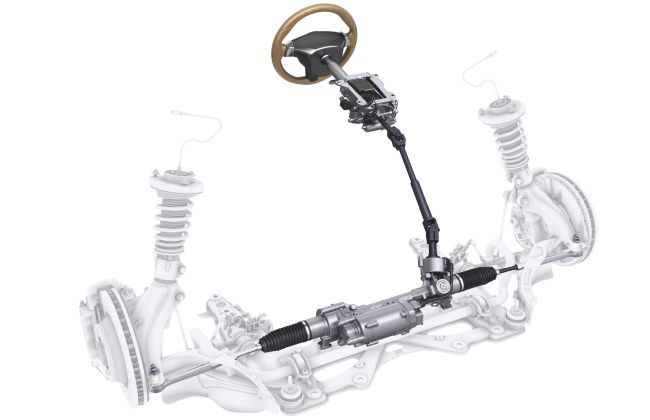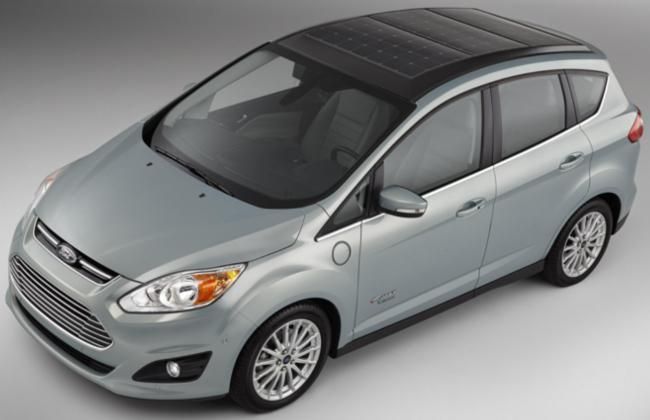Technology Decoded: Electric Power Steering (EPS)
Modified On Mar 01, 2016 01:09 PM By Sahib
- Write a comment

EPS is surely the future of all power steering systems. In this mechanism, the electric power is used to assist the manual steering so that steering wheel torque is reduced to appropriate levels. The electric power steering is superior to conventional hydraulic power steering in many respects like simpler design, lighter weight, better response at different speeds and many more.
Technology Explained:
1. EPS operates through an electric motor which adds torque to the steering column or to the pinion directly. The motor is a simple direct current unit, driving a screw gearbox. This motor is attached to steering gearbox directly.

2. Sensors used in EPS are: Torque sensor, Steering Angle sensor and vehicle speed sensor.
Torque Sensor:
This sensor measures steering force applied by driver and accordingly controls the electric support which is provided to steer the vehicle by varying the torque applied via electric motor. This sensor is mounted directly on the torsion bar which divides the steering column shaft into input and output shafts.
Steering Angle Sensor:
This sensor is also located on steering column. It measures the angle of steering wheel from null position and turning rate of steering wheel.
Vehicle Speed Sensor:
This sensor is located somewhere near the transmission. The speed of a vehicle is also very important to decide the level of electric assistance that should be provided. At low speed, electric assist provided would be lower and as the speed increases, assistance will also increase accordingly.
3. These sensor outputs are fed to the interface circuit which converts the signals from these sensors into signals that the Electronic Control Unit (ECU) can process.
4. Now depending upon the comparison between various inputs, ECU determines how much power assistance is required. Then ECU sends out appropriate commands to the power unit which then runs electric motor with current.
Advantages:
- EPS leads to a better fuel efficiency as extra burden is not there on engine to run steering pump as in the hydraulic steering mechanism.
- Instant and quick variation of torque levels is possible with this mechanism.
Watch this video for better understanding of Electric Power Steering:
Also Read: Technology Decoded: Hydraulic Power Steering










